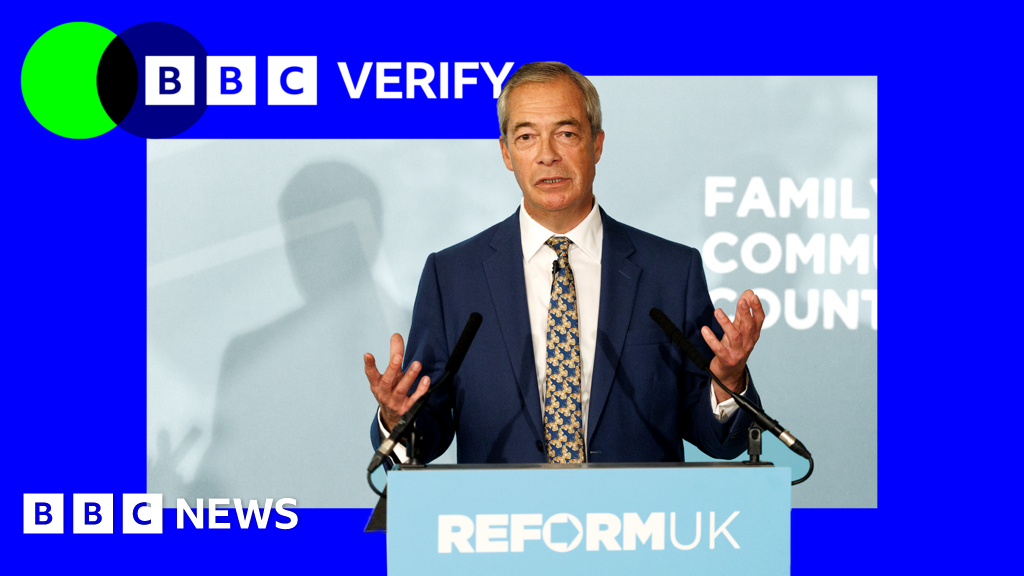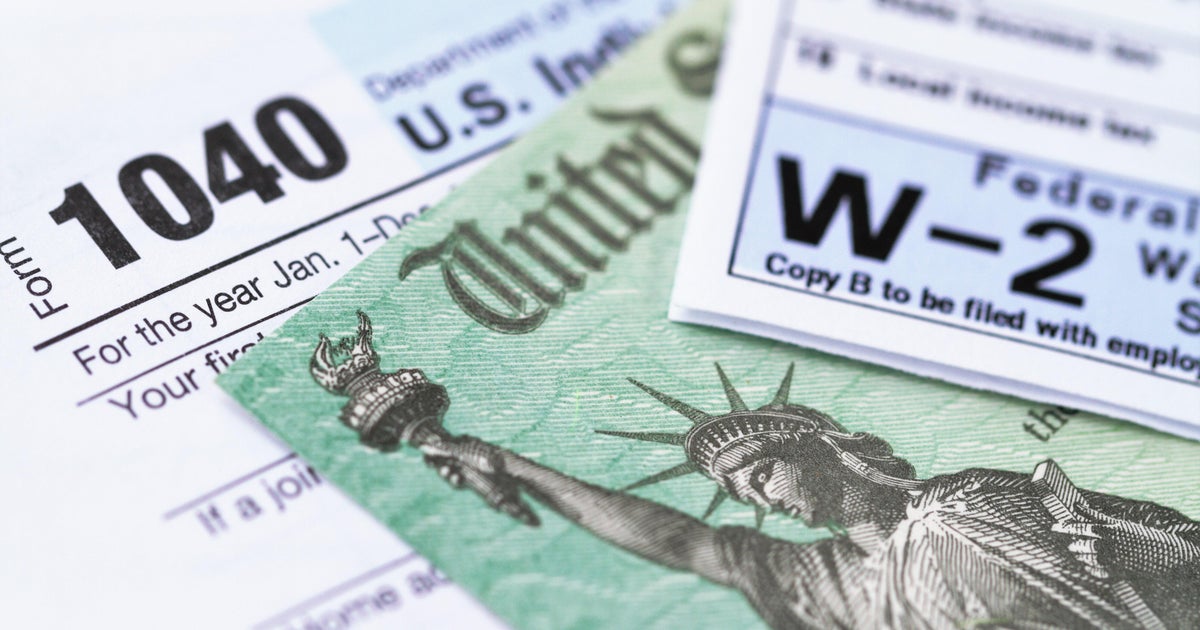Opinion
September 22, 2025 — 1.30pm
September 22, 2025 — 1.30pm
What should we make of last Thursday’s announcement by Climate Change Minister Chris Bowen of Australia’s target for emissions reduction and the pathways to achieve this? The proposals largely have merit but also some flaws. We can be broadly comfortable with the upper level of the target, but without significant policy change we will not see our emissions in the target range by 2035.

Climate Change Minister Chris Bowen announced last week that Australia would target emissions reductions of 62 to 70 per cent below 2005 levels by 2035. Credit: Michael Howard
The government is correct that to be worth setting, targets must be both ambitious and credible.
The upper end of the government’s 62-70 per cent target range – with some generous assumptions – can be seen as Australia doing its fair share to keep world emissions consistent with constraining warming to well less than 2 degrees. And for a country committed to this objective, it is necessary that we are seen to play our part. The stance of US President Donald Trump makes this more important, not less.
The government’s pathways to achieve this describe fairly well what needs to be done technically to reduce emissions, and the technology is available. Expanding the role of electrification powered by firmed renewables, and accelerating the deployment of new green technologies using zero emission fuels, for example, are all sensible and doable. Concerns arise, however, when there is considerable reliance on carbon capture and storage, which usually makes sense only when used to get more gas or oil out of an ageing reservoir. And there will be continuing reliance on firms buying Australian Carbon Credit Units (ACCUs) created through land use change but without enough being done to ensure their integrity.
There are, however, two major problems. First, while we can see what companies need to do to decarbonise, we cannot see why they will do this. Companies are already producing products and services in ways that maximise their profits. What will make them change what they have found to be profit maximising?
Loading
The government can encourage companies to decarbonise through its own funding, but Australia’s continuing budget deficits will limit what the government can fund. And action will be government-led, not market-driven, which cannot unleash the innovation and range of activity we need.
Beyond the land use sector, Australia’s emissions have broadly remained flat since 2005. Continuing with current types of policies is unlikely to change this.
After Thursday’s announcements, the government continues to rely on two main policies to achieve its targets. The Capacity Investment Scheme (CIS) involves underwriting renewable energy generation and storage projects. Not only does the government, not the market, decide which generation projects proceed, but the underwriting carries a very large contingent liability for an already under-pressure budget.
For industry, we have the Safeguard Mechanism, which requires large industrial facilities to reduce their emissions by a set percentage each year. This covers less than 30 per cent of the economy, though the government is talking about increasing this. However, it is based on emission intensity, so extra production will see emissions rise.
The second related problem is that there is a cost to our transition and the burden now falls largely on consumers and taxpayers, not emitters. This is not only inequitable; it will severely constrain our emission reduction progress, as there is a limit to voter tolerance – and to our budget capacity.
There were always going to be costs from the transition: higher electricity prices as we subsidise renewable energy production and prematurely replace existing fossil fuel plants, although an important part of the electricity price rises we are now seeing are from higher gas prices.
Companies under the Safeguard Mechanism who use fossil fuels to make cement, glass, fertiliser, plastics and chemicals must spend to decrease emissions, or buy ACCUs, and when they can they will pass these costs on. Tighter vehicle standards must increase prices a bit, no matter how desirable this move is, and there is a large budget spend that must be funded by us all with higher taxes or reduced services.
So who pays? The equitable approach is “polluter pays”. Indeed, this addresses completely and uniquely both of the problems that will otherwise undermine our transition.
Loading
If Australia is to achieve a credible emissions reduction target, we need to energise the private sector by providing the appropriate incentives for emission reduction. This requires a price on carbon so that those using fossil fuel pay for the damage their products do to the environment and the government gains necessary funding to remove the effect of the transition on consumers and the budget.
Some say a price on carbon means higher electricity prices faced by consumers. They are incorrect. With the green premium achieved by the carbon price, there will be more renewable electricity generation, and so eventually lower electricity prices; there will be money raised by the carbon price to more than fully compensate households for the immediate price effects of the transition; the Commonwealth budget position will improve; and higher productivity will result as high cost and somewhat arbitrary interventions are no longer needed.
If we want to reduce emissions to meet our targets, we must make emitters pay. While putting a price on carbon is not all we need to do, it is a necessary component of any plan to significantly reduce our emissions.
Rod Sims is Enterprise Professor at the Melbourne Institute of Applied Economic and Social Research, Faculty of Business and Economics, University of Melbourne, and Chair of The Superpower Institute.
Most Viewed in National
Loading


















































